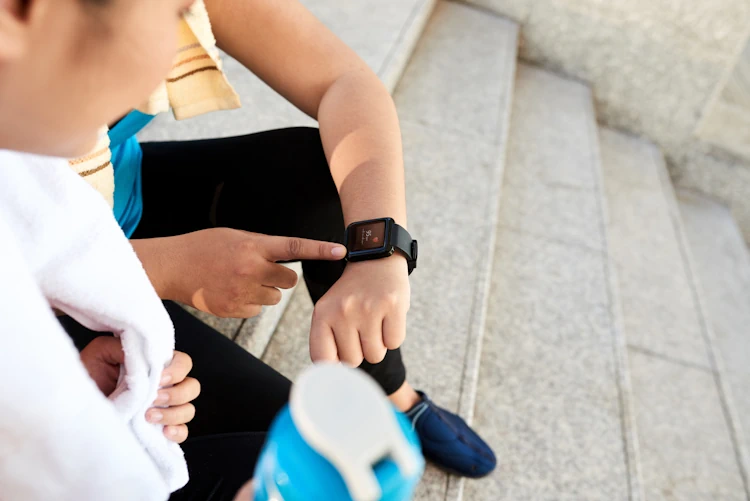The suspension system of a vehicle plays a critical role in ensuring a comfortable ride and maintaining stability on the road. One component that has gained popularity in recent years for its ability to enhance ride quality is the parabolic leaf spring. In this article, we’ll explore what parabolic leaf springs are, how they work, and the benefits they offer for improving your vehicle’s ride quality.
Understanding Parabolic Leaf Springs
Parabolic leaf springs, also known as tapered leaf springs, are a type of suspension spring that is designed with a progressive tapering shape. Unlike traditional multi-leaf springs, which are composed of several evenly spaced layers, parabolic leaf springs feature a single, continuous leaf that tapers from the center outward. This design allows for a more flexible and responsive suspension system, resulting in improved ride comfort and handling.
How Parabolic Leaf Springs Work
Parabolic leaf springs work by distributing the weight of the vehicle more evenly across the suspension system, reducing the amount of bounce and sway experienced during driving. This is achieved through the tapering shape of the leaf spring, which allows for a more progressive rate of deflection as the suspension compresses.
As the vehicle encounters bumps or rough terrain, the parabolic leaf spring flexes and absorbs the impact, providing a smoother and more controlled ride. Additionally, the tapered design helps to minimize lateral movement, improving stability and reducing the risk of rollovers or loss of control.

Benefits of Parabolic Leaf Springs
There are several benefits to using parabolic leaf springs in your vehicle:
- Improved ride comfort: The progressive rate of deflection and flexible design of parabolic leaf springs result in a smoother and more comfortable ride, even over rough terrain.
- Enhanced stability: The reduced lateral movement and improved weight distribution of parabolic leaf springs contribute to better stability and control, especially during cornering or maneuvering.
- Longer lifespan: Parabolic leaf springs are less prone to sagging and fatigue, thanks to their single, continuous leaf design. This means they can provide reliable performance for longer periods without needing replacement.
- Reduced noise and vibration: The flexible design of parabolic leaf springs helps to absorb and dampen noise and vibration, leading to a quieter and more enjoyable driving experience.
FAQs:
Q1: Are parabolic leaf springs compatible with all vehicles?
A1: Parabolic leaf springs can be installed on a wide range of vehicles, including trucks, SUVs, and commercial vehicles. However, it’s essential to consult with a qualified mechanic or suspension specialist to ensure compatibility and proper installation.
Q2: Can I install parabolic leaf springs myself?
A2: While it is possible to install parabolic leaf springs yourself, it’s recommended to consult with a qualified mechanic or suspension specialist. Installing leaf springs requires precise measurements and alignment, and improper installation can lead to safety issues and reduced performance.
Q3: How much do parabolic leaf springs cost?
A3: The cost of parabolic leaf springs can vary depending on the vehicle make and model, as well as the quality and manufacturer of the leaf springs. Generally, prices range from $100 to $500 per pair, with higher-quality springs typically costing more. It’s essential to consider factors such as warranty, durability, and performance when choosing leaf springs for your vehicle.
